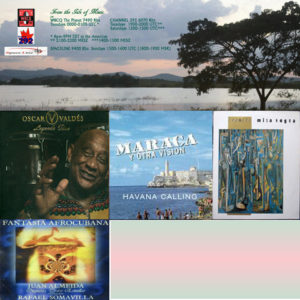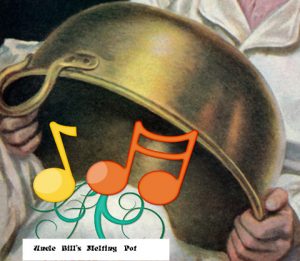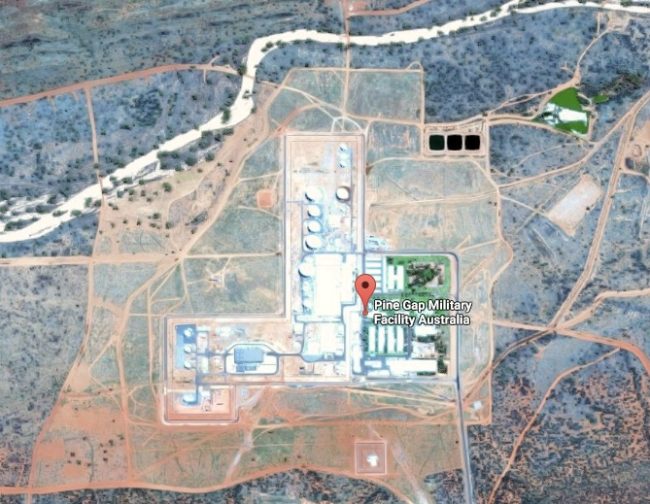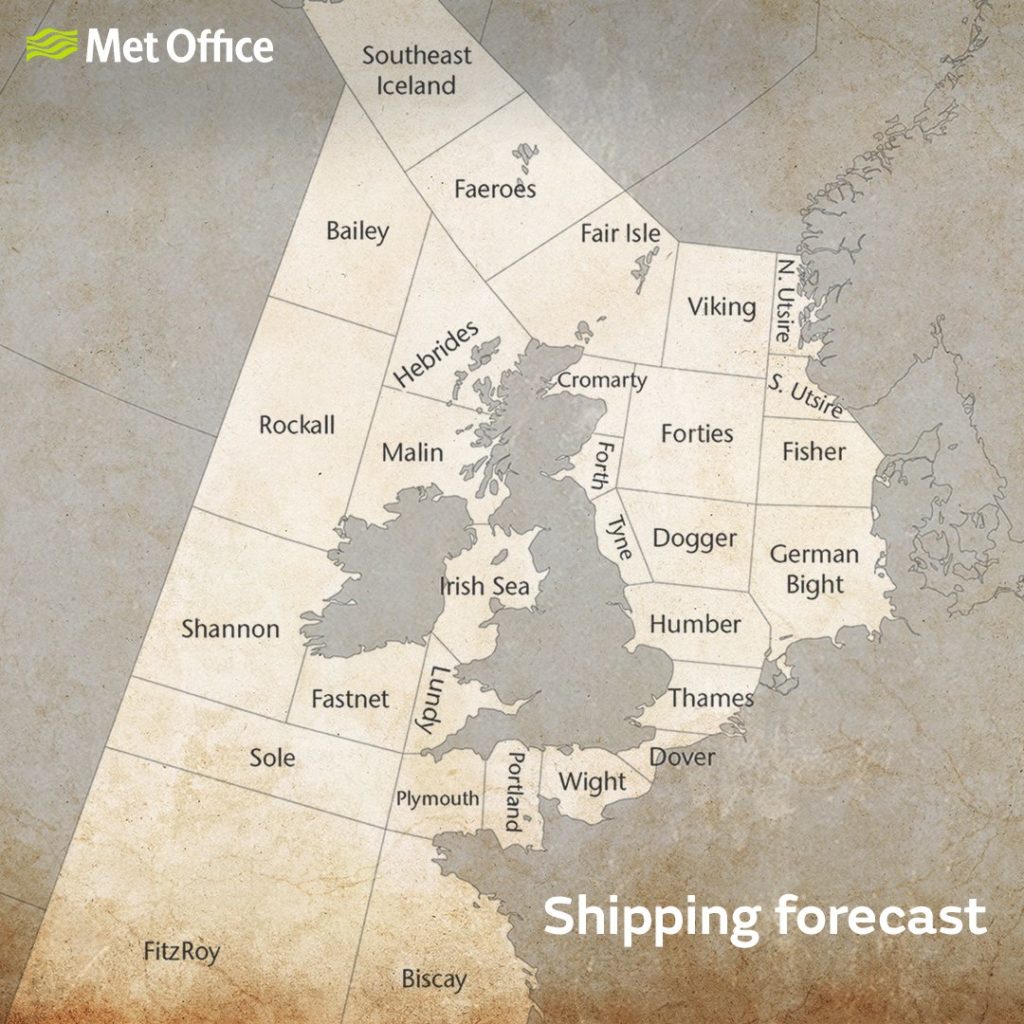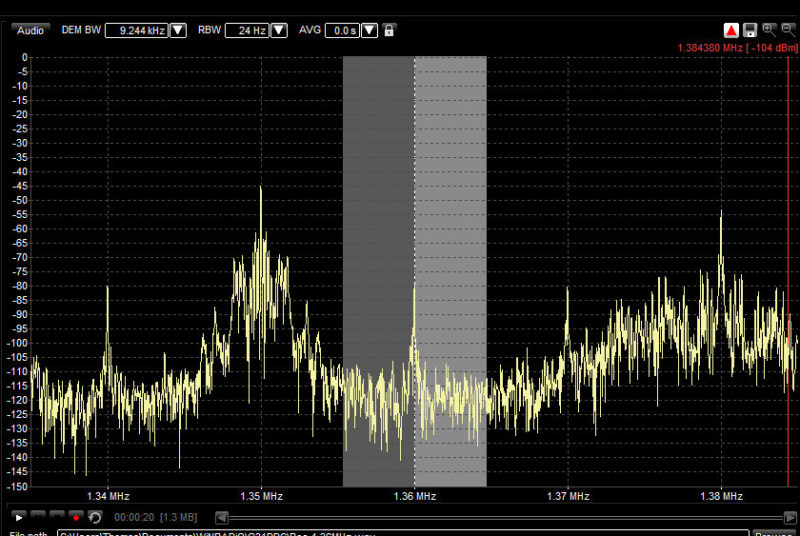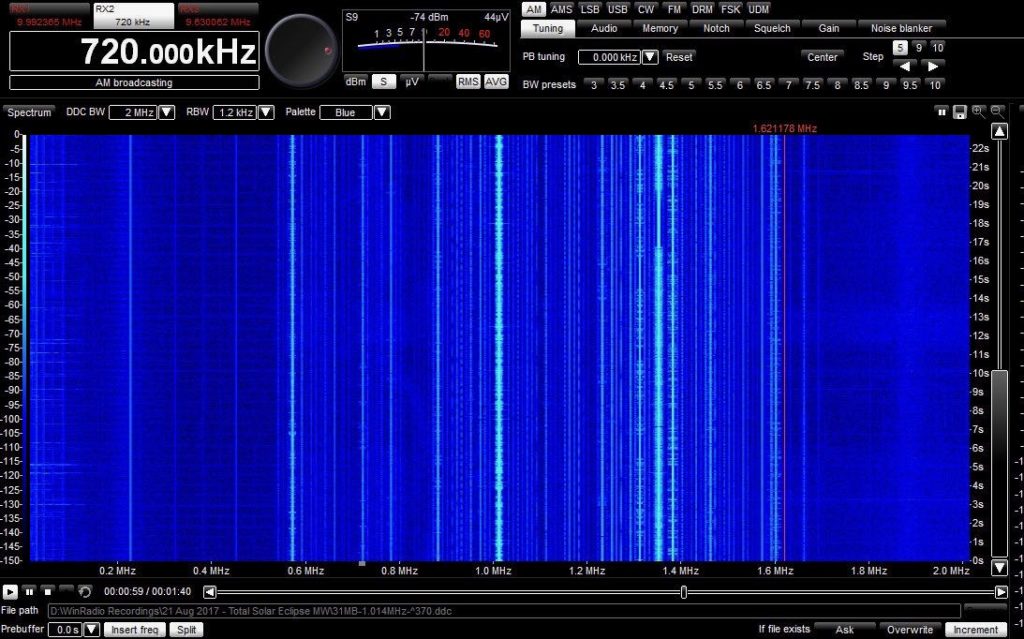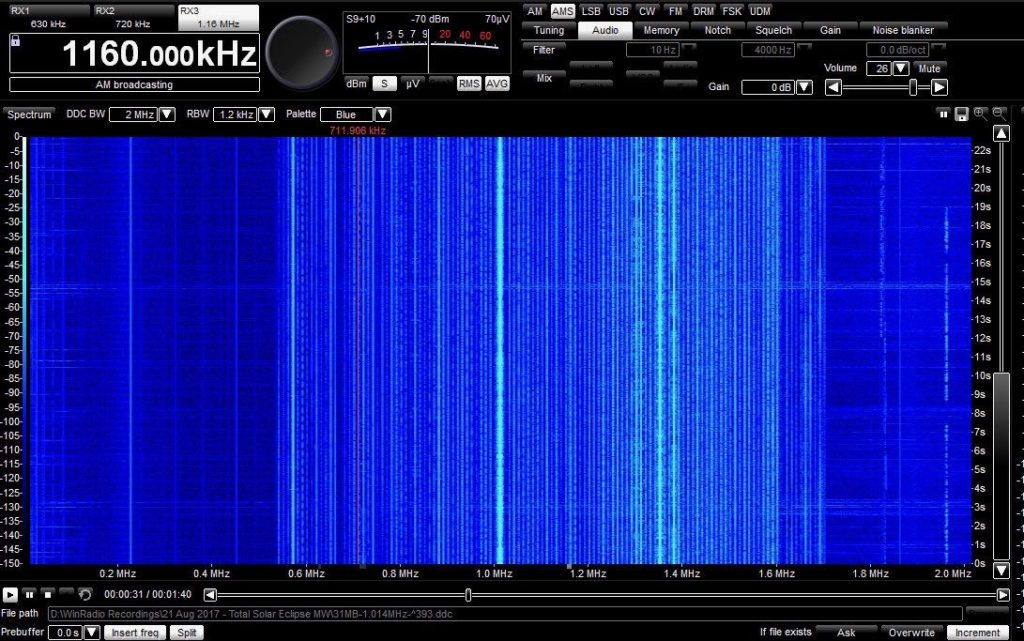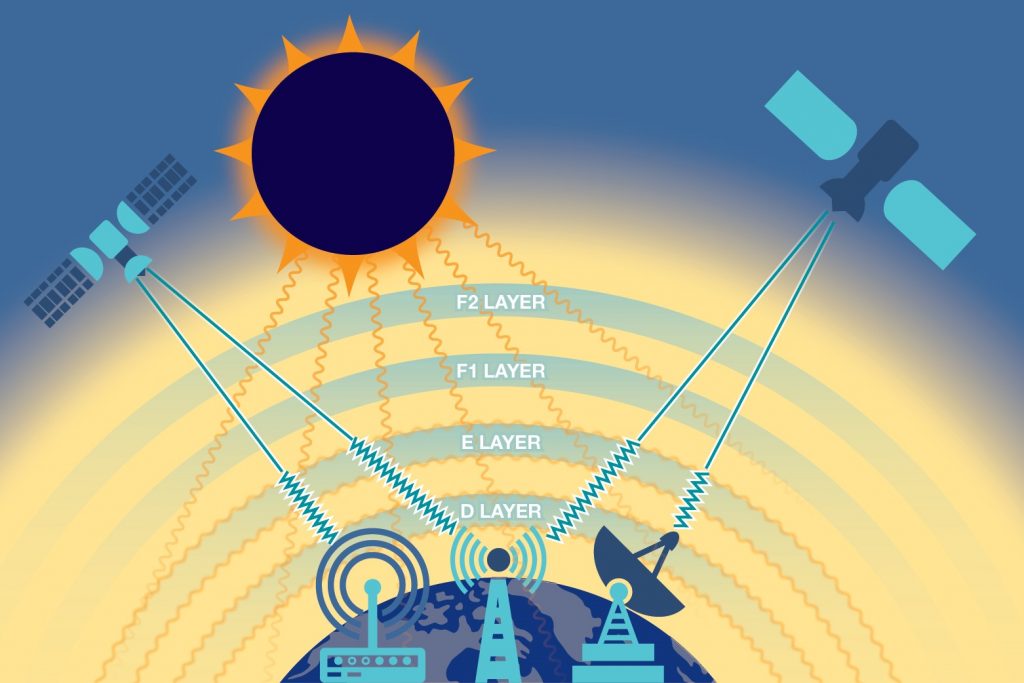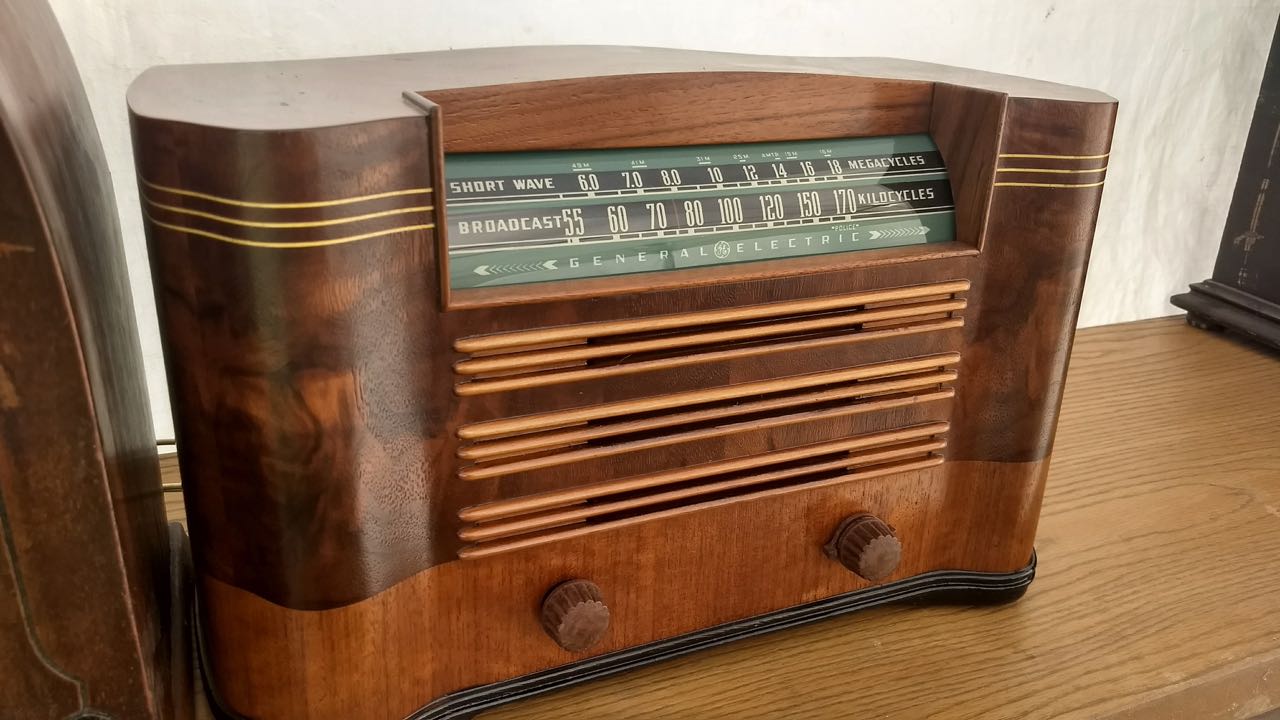 I find old radio souls now and again who seem, at least to me, to be in touch with the spiritual side of radio. I am not talking about religious programming or some weird cult, but rather they are folks whose souls have been touched by the magic of radio. It is mystical, magical, and at times seems to connect our physical bodies to the very electrons which flow through the air. It is as though our minds are connecting with the radio signals like old friends, able to hear and be heard.
I find old radio souls now and again who seem, at least to me, to be in touch with the spiritual side of radio. I am not talking about religious programming or some weird cult, but rather they are folks whose souls have been touched by the magic of radio. It is mystical, magical, and at times seems to connect our physical bodies to the very electrons which flow through the air. It is as though our minds are connecting with the radio signals like old friends, able to hear and be heard.
Yeah, I know, I am weird. Radio is in no small part connected to me in a special way because of the role it played in my youth. Perhaps more recent generations will not be able to relate since their exposure to media has been raised by orders of magnitude compared to my generation. For me, and at least some of the “old souls” I have met, radio touched a very special place in our hearts and in our imaginations. It was “other” and yet uniquely ours.
When I discovered shortwave radio I thought I had found radio nirvana (okay, maybe that really came only after I got my amateur radio license and could talk, literally, around the world). Shortwave radio first connected me to the world, however, as finding stations on the air meant being exposed to people from completely different cultures who were both unique and yet just like me.
Music has always had a direct path into the soul, but it is not just my own culture’s music which stirs me–I find life in the music of all cultures. Shortwave radio allows me to experience this life as a welcomed outsider. The music and words are there for me to take in, offered from the hearts of those who created it. We become bound together in our humanity in those moments, much as we become bound together with nature as we listen to waves crashing against the beach or when rain splatters in the forest.
The comedian and banjo player extraordinaire Steve Martin once said in a comedy routine, “You can’t play a depressing song on the banjo,” and proceeded to demonstrate the perky, upbeat sounds of the instrument. I feel this is similar to listening to music from around the world–we cannot be disconnected from those with whom we share such intimate moments though music. I may not understand the words, but my soul understands the heart within the music.
There are those who say shortwave radio is dead because so many stations have gone off the air. Shortwave is alive and well, and evidence of this is there for all to see if they are willing to look. It is not FM, it is not audio streaming. It is radio. Signals speeding through the air, bouncing off the atmosphere, crashing waves of electrons hurtling through the ether to find expression through our speakers and our headphones.
The noise and static which may accompany the signals are evidence of the hard-fought battle waged by those electrons to reach our shores and thus our ears. “You made it!” “You made it!” The signals arrive scarred from the journey, but they are here and they speak to us. And they arrive all up and down along the dial on every band, on every day without fail. They are here, just waiting to be discovered, even if now and again they must play a game of hide and seek with us because of seasons and solar cycles and shortened propagation paths. They are here, nevertheless, I promise.
Radio is the medium which brings together all of these things for me and fills my soul with gratitude. -73, Robert
Robert Gulley, AK3Q, is the author of this post and a regular contributor to the SWLing Post. Robert also blogs at All Things Radio.

